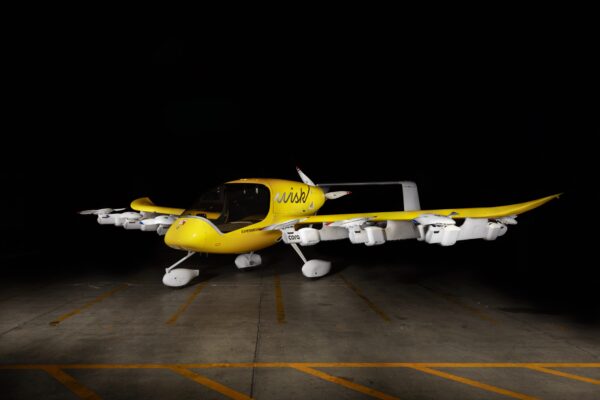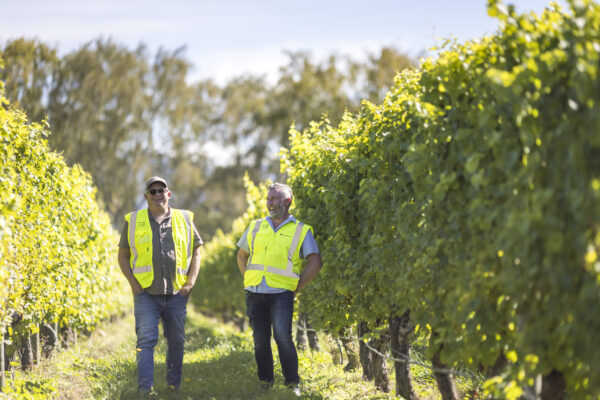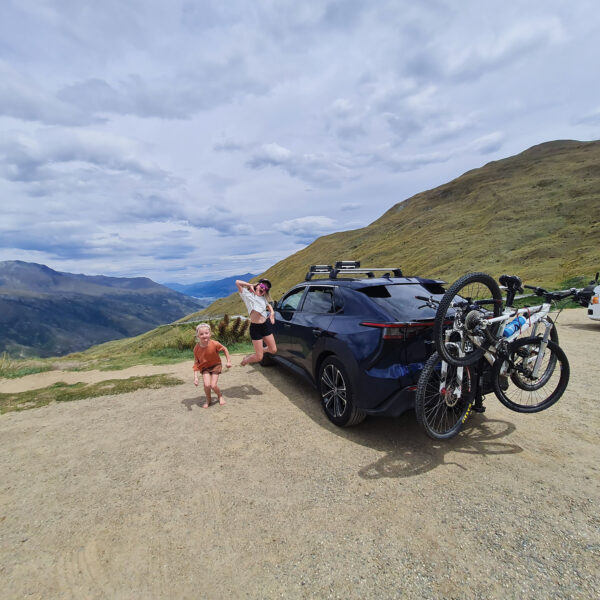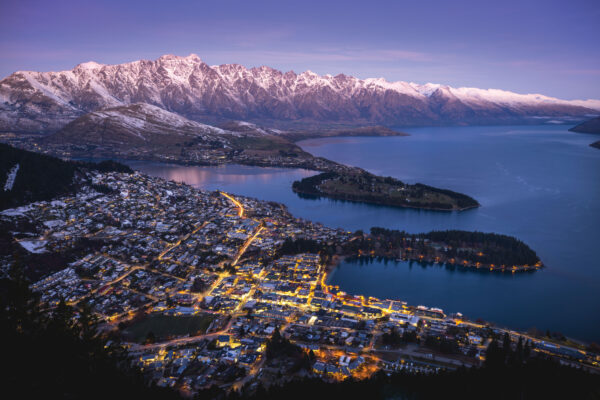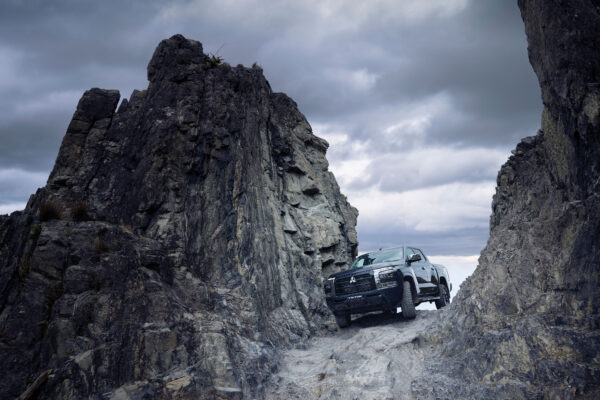Home on the range
Three pot plants, a barbecue and four bikes—we load up Toyota’s fully electric car for a classic southern summer roadie.
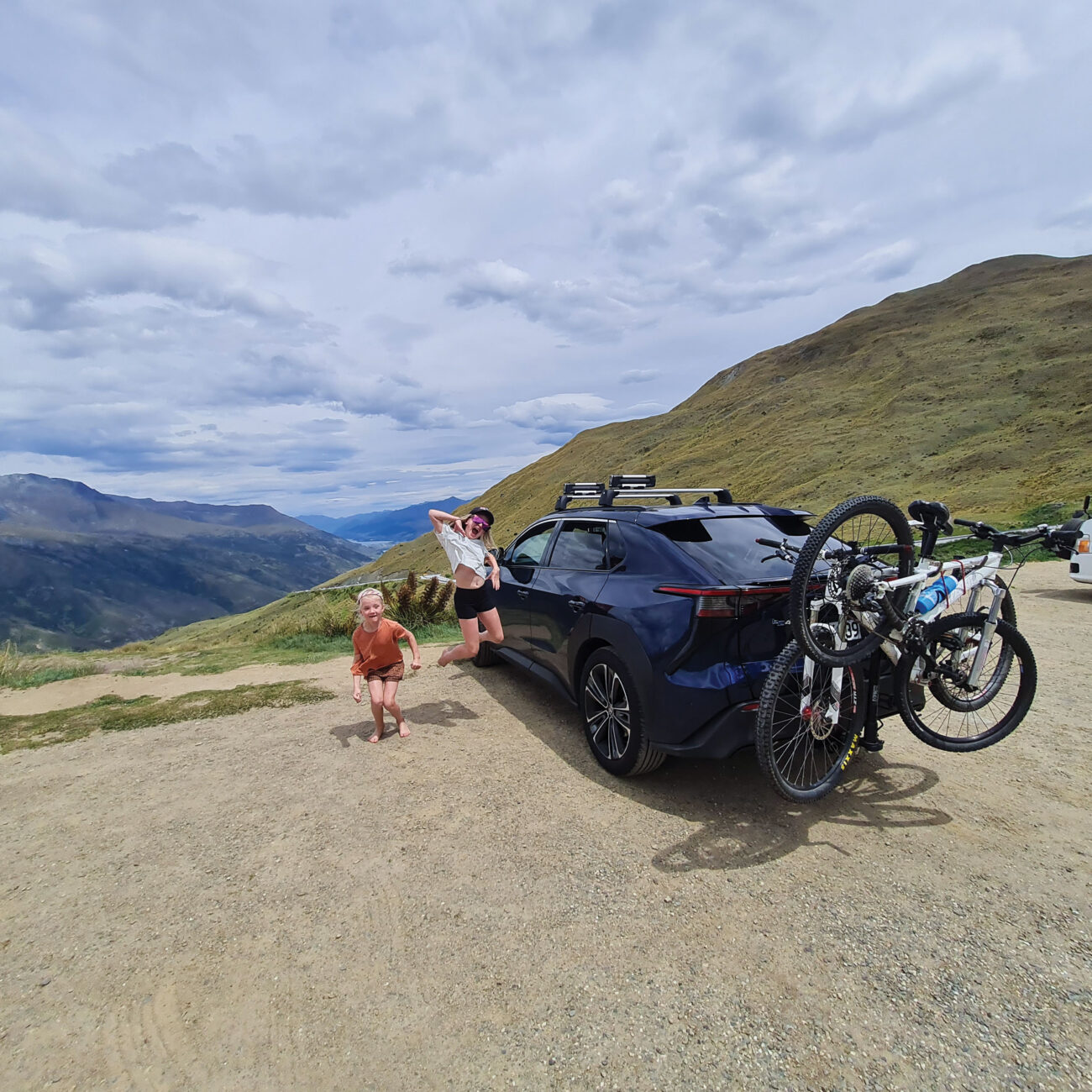
After spending my Christmas holiday with Toyota’s newish bZ4X, and driving almost 2000 kilometres around the bottom half of the South Island, it’s safe to say that electric road tripping is getting easier in New Zealand.
Modern EVs like Toyota’s have bigger batteries and can go further on one charge; fast chargers allow you to ‘fill up’ more quickly; and there are now more places to charge on the way—including at a growing number of gas stations.
Those who swap petrol or diesel for electric vehicles tend to be impressed by the performance and practicality of these modern machines, but it pays to plan your longer trips based on where you can charge.
There aren’t too many bladders (and very few small children) that can last for much more than 250 kilometres without a stop, but before picking up the bZ4X, I read that Toyota was conservative with its range estimates, mostly so new EV drivers would feel confident that it would get them where they needed to go.
My car showed around 380 kilometres fully charged, so for the first leg of my electric roadie, from Christchurch to Dunedin, I planned to stop in Oamaru (248 kilometres south) as there were a couple of fast chargers on offer. It was also the perfect place for a fish ‘n chip dinner overlooking the harbour as I plugged in for 20 minutes.
Some sceptics seem to think EVs are weak little wind-up cars that wouldn’t be able to make it up a decent incline, but the hills of east Otago—and many of the cars heading up them—were no match for the speed of the bZ4X. If you’re yet to experience the instant acceleration of an EV, brace yourself when you try.
The next leg from Dunedin to Wānaka (274 kilometres) was on Christmas eve, and with last-minute presents to buy, I was uniquely focused on making it to my final destination without stopping for a charge. Fortunately, I arrived with around half an hour to spare before the shops closed with plenty of kilometres left in reserve.
“I love Arrowtown. It smells like holidays,” my seven-year-old daughter said as we headed off over the Crown Range after Christmas with a car-load of holiday gear. She regularly suffers from car sickness on this trip, but we made it through the switchbacks with the back seat unsullied.
Her review: “I like how you can see the speed [to be fair, a fairly standard feature in cars] and I like how you can talk to Spotify [through Android Auto, which is much better at understanding New Zealand accents now and is very handy when you’re travelling solo]. I like this car and I think the dog likes the car, too.”
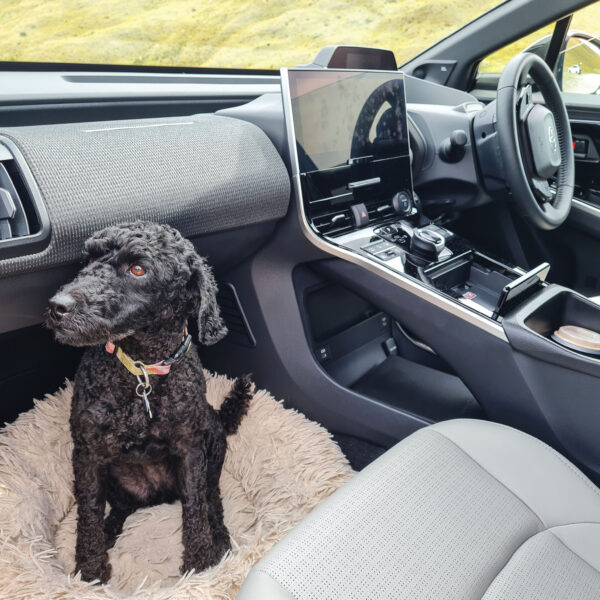
My nine-year-old daughter was impressed with the nice white leather seats, “the thing you open up so your phone can charge on the thing [AKA a wireless charger]”, and “the back windows that go all the way down”.
She wasn’t quite so enamoured with all the “beeps and boops,” otherwise known as safety features.

With a normal load, the range was pretty much spot on, but that can be affected by weight, towing and using the air conditioning (just as fuel efficiency in an internal combustion engine is affected by those things). With a fully loaded car—including pot plants, a barbecue, four bikes and various other household items—I managed to get from Wānaka to Invercargill, a winding, hilly 239 kilometres, without needing to stop for a charge. The only stop required on the way was an undie swim and an ice cream at Kingston.
Safe in the knowledge that the car would make it back to Wānaka without a stop, I bypassed the new fast chargers at Frankton and opted for the classic three-pin plug overnight at the bach. You can’t make petrol at home, but even on a slow charge, you can still add around 100 kilometres of range overnight and, after a quick top up at the Wānaka BP fast charger in the morning, that was more than enough juice to get me 140 kilometres up the road to Twizel the next day.
At Twizel, the fast charger was in hot demand—a Sunday afternoon and plenty of people were returning to work the next day. This was the only occasion on my electric roadie where I found myself waiting for someone to finish up. There is still an element of luck when it comes to public charging, and as EVs grow in popularity, more pressure will be put on these sites. It still pays to build in some extra time for your longer trips in case you turn up and find a charger in use, especially with the older, slower Chargenet sites in smaller towns where cars can be parked up for a while.
While it’s great to see more fast charging infrastructure coming online, the average distance driven every week in New Zealand is only 200 kilometres, well within the limit of most EVS. And around 90 per cent of all EV charging happens at home. Long-distance roadies make up a small proportion of the total kilometres driven each year.
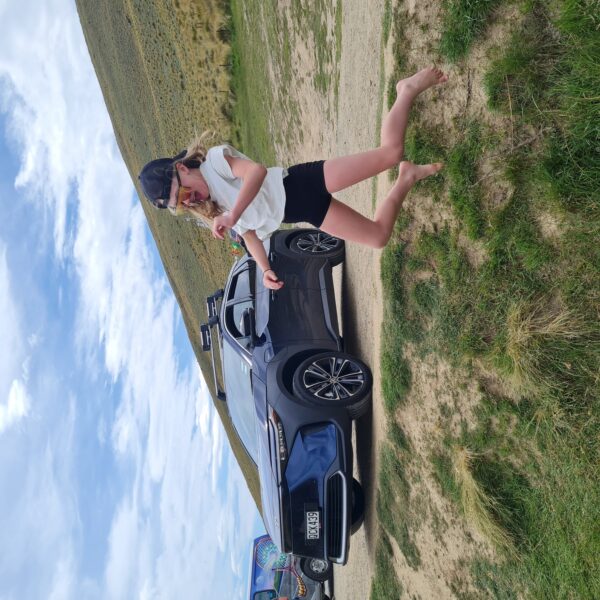
Rolling back into Christchurch at the end of the holidays, the bZ4X had well and truly passed its road-trip test. Unlike our own EV, which is a few years old and isn’t quite as accurate with the range on longer trips, the Toyota’s numbers felt reliable. It was also practical, spacious and comfortable to drive around town.
While electric vehicles are still more expensive, they are cheaper to run and cheaper over their lifetime than fossil fuel equivalents if they’re charged at home—and there’s no contest when it comes to the emissions.
Homeowners with rooftop solar—the cheapest form of electricity available to New Zealand households—can save even more. (Using a petrol price equivalent, Rewiring Aotearoa’s research suggests it costs around 30/c per litre to charge an EV with rooftop solar and 60c per litre via the grid).
Some argue Toyota has been on the go-slow when it comes to the EV transition, but it is one of the most trusted automotive brands in the country and could play an especially important role in the electrification of New Zealand. In Norway, for instance, more than 90 per cent of all new cars sold in January were EVs, and the bZ4X made up more than 10 per cent of all sales.
Conversely, anyone who buys an internal combustion car today (including hybrids which don’t feature a plug and only slightly reduce fuel use) is locking themselves into an expensive and unpredictable fossil fuel subscription.
As my southern summer road trip showed, the bZ4X can do pretty much everything the petrol equivalents can do, at lower cost, and without the emissions.
- Visit toyota.co.nz/bz4x for pricing and to arrange a test drive.





